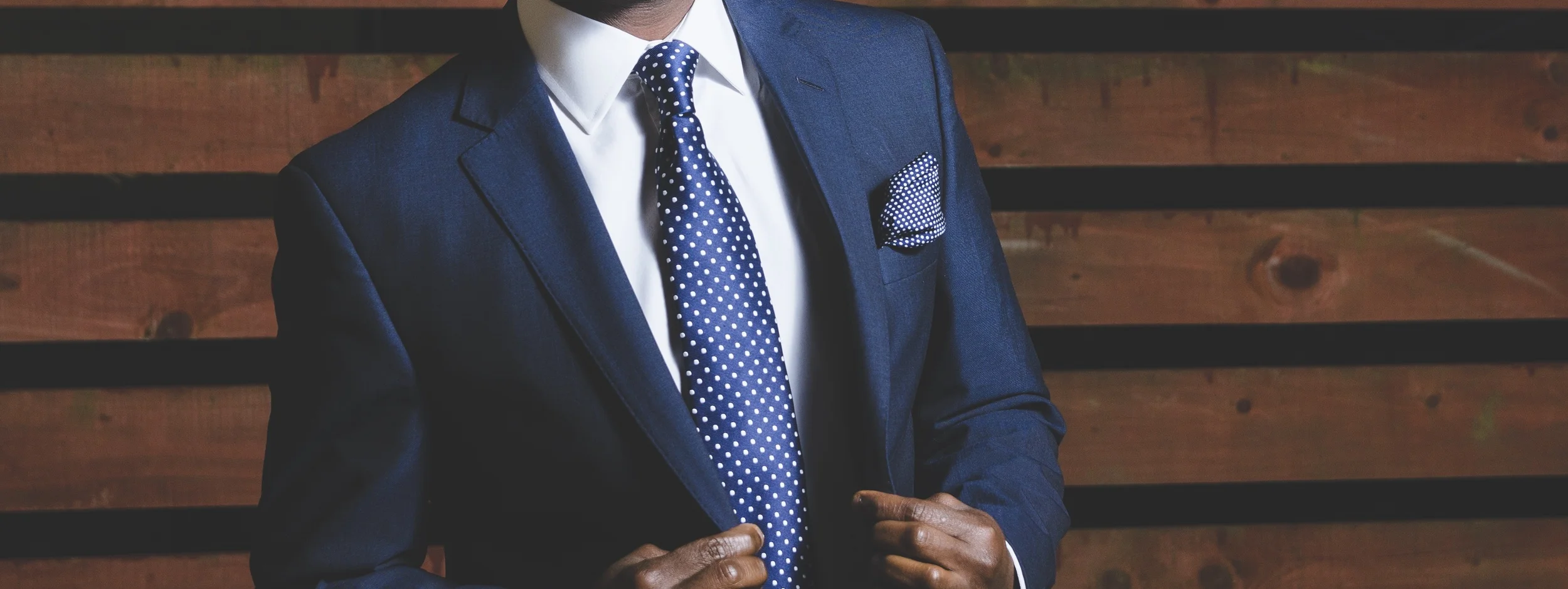The 5 E's Part Seven - Making Improvements
(Thanks for reading, I’ve recently rewritten a better version of this article here)
You’ve mapped out the 5 E’s of Customer Journey for your business, what do you do now?
Observe vs Design
So far you’ve been documenting the As-Is journey for your enterprise, and it has probably left you…underwhelmed.
The temptation is to swap in a few “future steps” to make it look more professional.
Don’t do it.
This has been an exercise in observation, simply recording what happens today.
The next stage is an exercise in design, where we get to play around with creative ways of improving the customer’s experience.
Keep these two stages separate in your mind.
Much like with a Business Model Canvas, each version is for a different moment in time, so we don't want to muddle up present and future.
Service Design Theft
The next challenge is creating a better customer journey.
Where do we find our ideas?
My suggestion is to steal them.
Take ideas from businesses that you admire, and not just ones from your industry.
Think back to times when you’ve received exceptional service – what made it so noteworthy?
These can be from websites, physical packaging, friendly sales staff, a mint on your pillow, a well-designed app, someone remembering your name, a clever prompt to re-order, moments where you felt special.
I say steal, not rip-off; stealing is taking inspiration from a range of sources, whereas a ripoff is just copying one source (and often not doing as good of a job).
Cheap Tricks
How much does it cost to learn someone’s name?
How much does it cost to greet people with a smile?
How much does it cost to send a follow up email?
Looking back at the example posts, you may notice that many of the good examples don’t cost much to implement.
A well timed message, careful folding of clothes, minimalistic shop windows, free beer with haircuts, licorice oil in air vents, a curated music playlist… these things aren’t huge expenses.
Maybe the answer isn’t a new website, new staff or whole new shop fitout.
Maybe the answer is in taking the time to think about the details, and ask
“What cheap modification can I make to this mundane thing that will spice up the customer’s experience?”
Measure your guesses
It’s not enough to make changes and blindly hope they work.
Your role is to try new things, measure their impact, then run more experiments.
Sometimes the way to do this is to survey customers to hear their opinions.
Other times you’re better off watching how they behave; people might be influenced at a subconscious level.
David Ogilvy famously said:
“Customers don’t know what they feel, don’t say what they know, and don’t do what they say. Market research is three steps removed from real behaviour”
Measure the cost of the change (e.g. a beer per haircut probably costs $2), then measure the increase in patronage ($49 per haircut multiplied by number of additional visits).
Is the difference worthwhile?
Online advertising and social media are brilliant for this sort of thing.
With AdWords, you only pay for what you use, and can easily track how much additional revenue you gained from your new marketing approach.
Social Media can tell you how much you spent, and how many clickthroughs/impressions you received.
It’s up to you as to whether it’s worth continuing, but at least you’re making an informed decision.
What would ________ do?
One great design question is: What would Steve Jobs do if he ran our business?
What would Jeff Bezos from Amazon do?
What would Virgin do?
What would Kikki K do?
What would Aldi do?
Look through the eyes of those who have reinvented industries.
What would they change?
What traditions would they discard?
These days the threat is real; you can’t afford to give competitors an edge.
Think through how your rival would outmaneuver you, and defend accordingly.
The market tends to punish complacency.
Keep Iterating
This is your first attempt.
It won’t be perfect.
That’s good.
Our first Business Model Workshops at TDi were rough.
We started with an idea, and sought feedback from customers.
I vividly remember an email I got from one participant who told some hard truths about how we were perceived, and it transformed our sessions.
We continued to tinker with the runsheet, the handouts, the case studies and the room layout. Gradually they became more consistent, but with each round I would try something new, like free coffee, clips from Shark Tank, background music, homework tasks etc., and evaluated what impact it made.
Keep thinking about your customer; having empathy for how they’re feeling while they’re with you, and then developing a keen eye for potential improvements.
It will give you a competitive edge, and the best chance of success.
You can skip straight to Entice, Enter, Engage, Exit, Extend and Making Improvements










